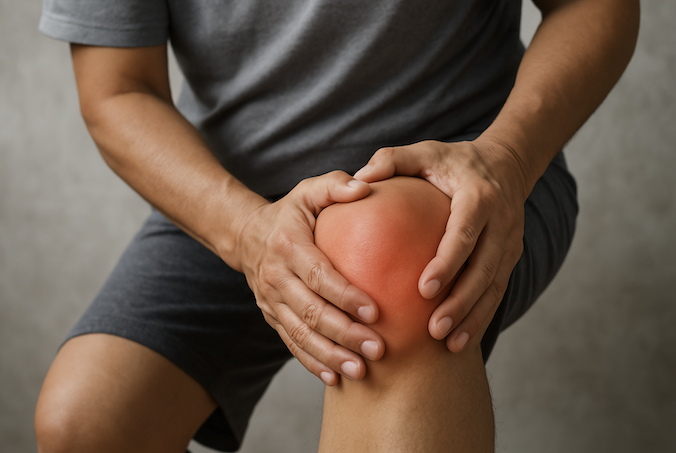Can PEMF Help with Knee Osteoarthritis? Here’s What a Major Study Found
Here is the link to the publication.
Knee osteoarthritis (OA) is a painful, progressive condition that significantly affects daily life. While common treatments like physical therapy and medications offer relief, researchers are exploring non-invasive technologies to support joint health and mobility – including Pulsed Electromagnetic Field (PEMF) therapy.
One of the most cited studies on this topic, published in Osteoarthritis and Cartilage (Thamsborg et al., 2005), explored how PEMF might help improve pain, stiffness, and physical function in people with knee OA. Here’s what they found:
The Study at a Glance
-
Design: A randomized, double-blind, placebo-controlled trial – considered the gold standard in clinical research.
-
Participants: Adults with knee OA.
-
Treatment: 2-hour PEMF sessions, 5 days per week for 6 weeks (14-week total study period).
-
Application: Two electromagnetic coils were placed on either side of the affected knee to deliver focused PEMF therapy.
Key Findings
-
Improved Stiffness & Function (Especially in Younger Adults): Participants under the age of 65 experienced noticeable improvements in joint stiffness, pain, and daily function after just 2 weeks of PEMF therapy.
-
Overall Trends: While both the PEMF and placebo groups showed some improvement over time, PEMF users under 65 saw more significant and consistent changes in stiffness and activity levels.
-
Pain Relief: Both groups reported a reduction in knee pain, but no major difference was observed between the PEMF and placebo groups in pain scores by the end of the study.
-
Safety: No serious side effects were reported. Some participants noted mild, temporary sensations like warmth or throbbing in the treated knee during early sessions.
What Does This Mean for You?
While PEMF therapy didn’t dramatically outperform placebo across the board, younger adults with knee OA showed meaningful benefits – especially in stiffness and joint function. The therapy was also safe and well-tolerated, making it an option worth exploring for those looking for complementary solutions to support joint health.
The researchers suggest that PEMF may work by boosting blood flow, stimulating cartilage growth, or enhancing cell repair – although more research is needed to fully understand how it works.
The Takeaway
PEMF therapy may offer promising support for people with knee osteoarthritis, particularly those under 65. If you’re exploring options beyond medication or surgery, this gentle, non-invasive therapy could be a valuable addition to your care plan.
As always, speak to a qualified healthcare provider to see if PEMF is right for you.
